Contract Administration Best Practices Every Professional Should Know
Getting contracts to the signing stage takes a great deal of planning, strategy, and teamwork. These administrative tasks determine the outcome of all contractual relationships. Effective contract administration is crucial for any business that engages in agreements with vendors, customers, or partners. A well-structured contract management system helps prevent disputes, ensures compliance, and fosters strong business relationships. This guide covers the best practices businesses should follow to optimize their contract administration processes.
Why do you need a contract administration plan?
A Contract Administration Plan (CAP) is a structured framework that outlines the processes and responsibilities for managing contracts throughout their lifecycle. It ensures that contractual obligations are met, compliance is maintained, and risks are mitigated. The plan typically includes key stages such as contract initiation, negotiation, execution, performance monitoring, amendments, renewal, and termination. It assigns roles to relevant departments, including legal, finance, procurement, and operations, to oversee contract performance, financial obligations, and regulatory compliance. A CAP also incorporates performance tracking mechanisms, key performance indicators (KPIs), and regular contract audits to identify potential issues and ensure adherence to terms.
Additionally, it includes risk management strategies to address potential disputes, compliance failures, and financial risks. Employee training on contract administration best practices is also a critical component to ensure smooth execution and continuous improvement. A well-structured CAP streamlines contract management, strengthens vendor and stakeholder relationships, and optimizes overall business operations. By implementing a clear and effective contract administration process, organizations can minimize legal and financial risks, improve accountability, and ensure that contractual agreements align with their strategic goals.
Roles and Responsibilities—Assigns tasks to key stakeholders (e.g., contract managers, legal, finance, and procurement teams).
Contract Lifecycle Management—Covers contract initiation, negotiation, execution, monitoring, amendments, renewals, and termination.
Compliance and Risk Management—Ensures adherence to legal, financial, and regulatory requirements.
Technology and Tools—Highlights contract management software or automation tools used for tracking and reporting.
Training and Continuous Improvement—Provides guidelines for staff training and process enhancements.
How do you improve contract administration?
Effective contract administration is vital for business success. By following these best practices, companies can improve efficiency, reduce risks, and maintain strong relationships with stakeholders. Implementing a structured contract management process ensures compliance, enhances operational effectiveness, and ultimately contributes to business growth.
1. Establish a Clear Contract Lifecycle Process
Every contract goes through a lifecycle that includes negotiation, execution, monitoring, renewal, and termination. Businesses must define each stage and assign clear responsibilities to relevant departments or individuals to ensure smooth execution and compliance. By standardizing this process, businesses reduce inefficiencies, mitigate risks, and enhance contract transparency.
Drafting & Negotiation: Ensure contracts meet legal and business requirements. Define clear obligations, performance expectations, and penalties for non-compliance.
Approval & Execution: Secure signatures from authorized personnel and ensure all terms are properly documented.
Performance Monitoring: Track deliverables, compliance, and financial transactions related to the contract.
Renewal or Termination: Review contract performance before extending or closing the agreement. Identify areas for improvement or renegotiation.
2. Standardize Contract Templates
Using standardized contract templates ensures consistency, reduces drafting errors, and speeds up negotiations. Each template should be vetted by legal professionals and include clear terms and conditions tailored to specific business needs. Templates should cover common contract types such as vendor agreements, employment contracts, service-level agreements, and non-disclosure agreements.
Reduces Legal Risks: Ensures all essential clauses are included and minimizes loopholes.
Saves Time and Resources: Minimizes the need for extensive reviews and rewrites.
Provides Consistency: Maintains uniformity across different contracts and departments.
Enhances Compliance: Ensures alignment with industry regulations and company policies.
3. Maintain a Centralized Contract Repository
A centralized contract repository ensures that all contracts are stored in a secure, accessible location. Businesses can use cloud-based contract management systems to store, organize, and retrieve agreements efficiently. Implementing a contract management system prevents the loss of critical documents and simplifies contract tracking, ensuring better oversight and compliance.
Easy Access: Authorized personnel can quickly retrieve and review contracts.
Version Control: Tracks contract amendments to maintain an audit trail.
Security Measures: Protects sensitive business data from unauthorized access.
Search & Filter Functionality: Allows efficient retrieval of specific contracts based on key terms.
4. Implement Clear Contract Terms & Conditions
Contracts should clearly outline the rights, obligations, and expectations of all parties involved to prevent misunderstandings and disputes. Well-defined contract terms protect businesses from legal disputes and ensure smooth execution.
Scope of Work: Detailed description of deliverables and services, including deadlines.
Payment Terms: Payment schedules, penalties for late payments, and invoicing procedures.
Termination Clauses: Conditions under which the contract can be terminated, including breach scenarios.
Dispute Resolution: Methods for resolving conflicts, such as mediation, arbitration, or litigation.
Confidentiality and Data Protection: Guidelines on handling sensitive business information.
5. Ensure Compliance & Risk Management
Businesses must ensure that contracts comply with legal and regulatory requirements, including industry-specific regulations, data protection laws, and financial obligations. By proactively managing compliance, businesses can avoid legal liabilities, penalties, and reputational damage.
Legal Reviews: Conduct thorough legal assessments before finalizing contracts.
Regular Updates: Modify contracts to reflect new laws or regulatory changes.
Internal Audits: Periodically assess contract adherence to compliance standards.
Employee Training: Educate staff on compliance requirements and risk mitigation strategies.
6. Monitor Key Dates & Obligations
Failing to track important contract dates can lead to missed deadlines, penalties, or lapses in service agreements. Businesses should implement a tracking system for key contract milestones. Monitoring contract deadlines helps businesses maintain strong relationships with partners and vendors while avoiding financial losses and disruptions.
Contract Management Software: Use automated reminders for renewal dates and deadlines.
Dedicated Oversight Team: Assign personnel to oversee contract obligations and compliance.
Performance Reports: Conduct regular contract reviews to ensure all parties fulfill their commitments.
7. Foster Collaboration Across Departments
Effective contract administration requires collaboration between legal, finance, procurement, and operational teams. Cross-functional communication ensures that contracts align with business objectives and are managed effectively. Encouraging interdepartmental cooperation leads to better contract oversight, improved compliance, and enhanced business efficiency.
Involve Key Stakeholders: Engage legal, finance, and operations teams in contract negotiations and approvals.
Provide Access to Contract Data: Allow relevant departments to review and update contract information.
Hold Regular Meetings: Conduct contract review meetings to assess performance and address issues proactively.
8. Regularly Audit & Review Contracts
Periodic contract audits help identify inefficiencies, mitigate risks, and ensure compliance with agreed terms. Businesses should establish a structured review schedule for active contracts. Regular contract audits improve operational transparency and reduce potential legal risks.
Detects Underperformance: Identifies vendors or partners who fail to meet contractual obligations.
Optimizes Costs: Reveals opportunities for renegotiation and cost savings.
Enhances Compliance: Ensures contracts align with legal and regulatory requirements.
Conclusion
By establishing a structured contract lifecycle, standardizing templates, and leveraging technology, businesses can reduce administrative burdens and improve transparency. A centralized repository and automated tracking systems help monitor key dates, while regular audits ensure adherence to contractual obligations. Moreover, fostering collaboration across departments and providing employee training enhances contract management efficiency.
The integration of AI-powered contract management tools further streamlines processes and minimizes errors. Ultimately, organizations that prioritize contract administration best practices benefit from stronger vendor relationships, reduced financial risks, and improved operational performance. By continuously refining contract management strategies, businesses can position themselves for long-term success, maintaining compliance, accountability, and efficiency in all contractual engagements.
Book a Live demo
Schedule a live demo of Dock 365's Contract Management Software instantly.
.png?width=196&height=196&name=MicrosoftTeams-image%20(24).png)
Written by Deepti Gopimohan




